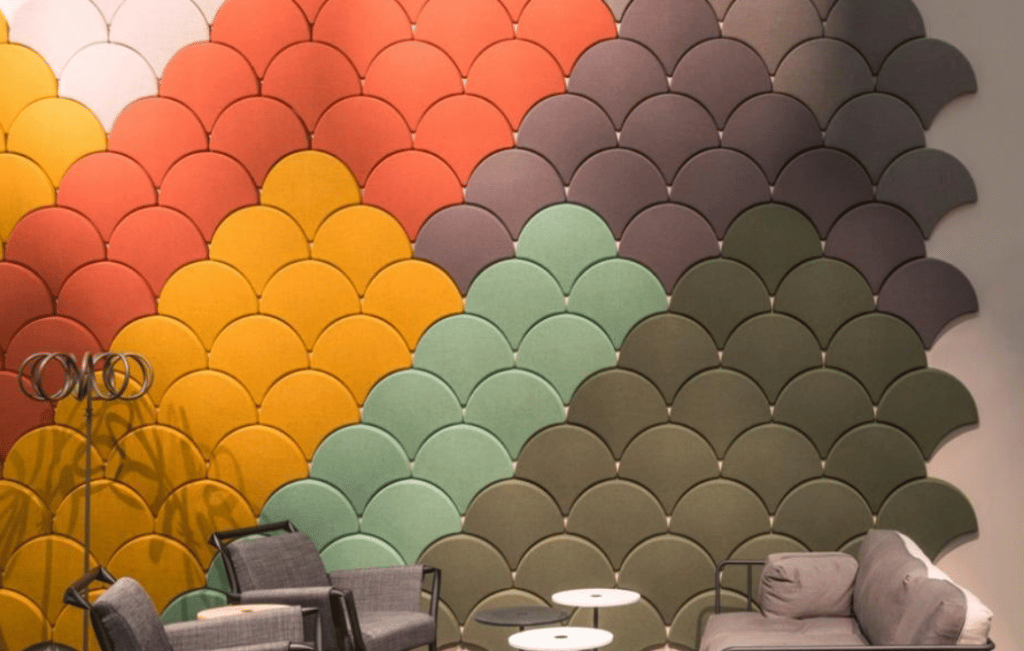There are a lot of misconceptions about sound proofing. People think that if they just add another layer of insulation to their home, they will be adequately protected from noise. However, this is not always the case. In order to achieve proper sound proofing, you need to understand the principles behind it and take specific measures in order to block sound waves from entering or exiting your property.
Here are some of the most common mistakes people make when trying to soundproof their home.

- Not understanding the principles of soundproofing
Sound proofing is not an exact science, but there are some basic principles that can help you achieve better results. One common mistake is to assume that thicker walls will be more effective at blocking sound. But sound waves can actually travel through solid objects, so thickness isn’t always the most important factor.
Instead, it’s often more effective to add material that will absorb or deflect sound waves.
Another common mistake is using materials that are too lightweight or flimsy. For example, many people try to soundproof a room by hanging blankets on the walls. However, fabrics like this do very little to stop sound from passing through.
If you’re serious about soundproofing, it’s important to use heavier materials like acoustic panels or thick carpets.
Finally, one of the most common mistakes is failing to address gaps and cracks in the walls. Even small openings can allow a significant amount of noise to pass through, so it’s important to seal them up with caulk or other materials.
- Installing soundproofing materials in the wrong places
Soundproofing works by absorbing and deflecting sound waves, and in order to be effective, materials must be placed where they will actually make contact with the waves.
For example, many people mistakenly place foam panels on the walls, when in fact, they should be placed on the ceiling. The reason for this is that sound waves travel more easily through horizontal surfaces than vertical ones.
By placing panels on the ceiling, you can significantly reduce the amount of noise that enters the room. Another common mistake is failing to seal gaps around doors and windows.
Gaps allow sound waves to pass through without being impeded, so it’s important to make sure they are properly sealed before starting any other soundproofing work. By following these simple tips, you can avoid making common mistakes and ensure that your soundproofing efforts are as effective as possible.
- Not using enough soundproofing materials
Lastly, a common mistake people make when soundproofing their homes is not using enough material. This can be especially true when using acoustic foam, which is designed to absorb sound. While one layer of foam may seem like enough, it’s often not sufficient to block out all noise.
For best results, multiple layers of foam should be used, as well as other materials such as blankets and rugs. By taking the time to use more soundproofing materials, you can significantly reduce the amount of noise that enters your home.
